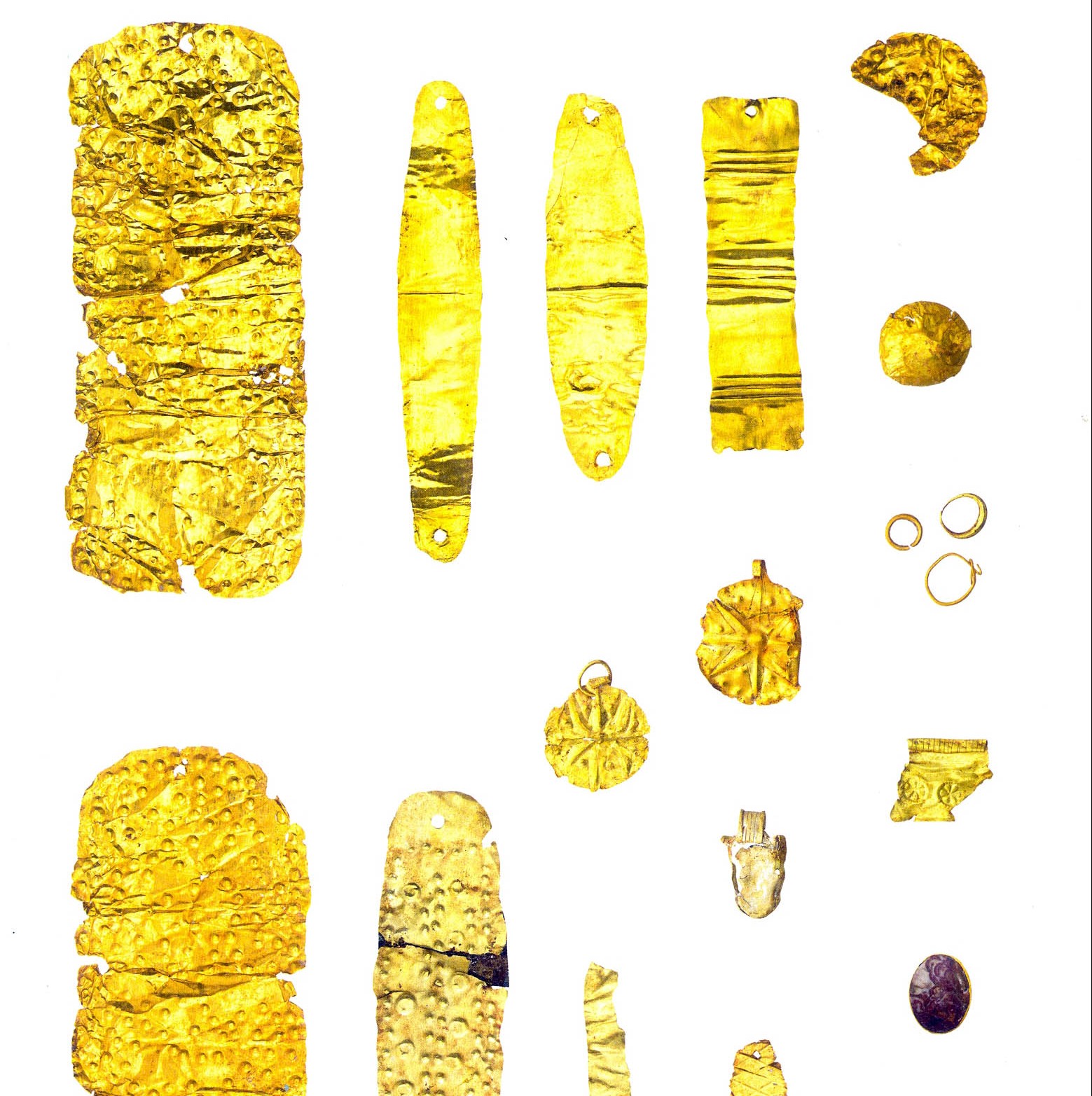Luxury is a household item difficult to earn, yet one finds many yearning for it. Only because more than a physical facility, it is an idea – or ideal
Luxury is a household item difficult to earn, yet one finds many yearning for it. Only because more than a physical facility, it is an idea – or ideal for multitude, to spend life in magnitude. One recognizes the complexities attached to the concept and construction of luxury, while walking through the exhibition ‘10,000 Years of Luxury’ at the Louvre Abu Dhabi (from 30th October 2019 to 18th February 2020). Curated by Olivier Gabet in collaboration with Cloe Pitiot, it is the biggest curated show at the museum, with approximately 350 exhibits on view.
The display begins with the “oldest pearl in the world, dating back to c. 5,800 – 5,600 BCE, discovered on Marawah Island, Abu Dhabi in 2017”. The exhibition in its entirety is a catalogue on the mankind’s association with luxury in terms of items for religious purposes, royal usage, domestic consumption, and class prestige. It also communicates human society’s fascination with objects of desire, which apart from satiating a basic utility, offer something extra, beauty, elegance, comfort or prestige.
Walking through the impressive space of Louvre Abu Dhabi, a viewer can feel the presence of a person who had forged the ‘Funerary Jewellery’ found in Syria (1600 – 1185 BCE), or the ‘Cosmetic Spoons’ from Late 18th or 19th Dynasty Egypt, and wonder how the maker’s mastery, material’s value, and object’s beauty turned these ancient pieces into luxury items, a magic and mystery to which someone from twenty first century can relate to. There are Roman cameos, Greek rings, African earrings, Near Eastern necklaces and bracelets, Middle Eastern vases, and utensils from China and Pre-Columbian America, representing different stages of human history and communicating the way preciousness, skill, and sacredness were connected with luxury.
In that sense Abu Dhabi, or for that matter Gulf States are the future layout of the planet, in which ideas about beauty, luxury or location for that matter, are not confined to one territory. The Louvre Abu Dhabi is a great example for liberating location. A French museum built in the UAE, operates on dismantling the division of world into hemisphere of power.
Likewise, the architecture of ‘10,000 Years of Luxury’ communicates the passage of societies from comfort to pleasure, from consumerism to fashion, from private possession to exhibitionistic desires. Exuberance, elegance and expensiveness are sited in objects that were made for consumption, but defined the (higher) taste of a community. Here power, religion, and politics converge (like in every sphere of human existence, especially production), so a spectator looks at the large scale tapestries for the court, ‘Le Festin’ (The Banquet) from Brussels, c 1520-25 as precious as the ‘Perfume Dispenser’, porcelain vase from Qing Dynasty China (1644 – 1922); and discovers the common desire and derive for executing a piece of reverence, beauty, and utility, which often dispenses with its initial meaning and purpose and survives as an experience – to take a user into another realm.
Art was supposed to perform the same service through the cathedrals of Medieval Europe, Arabic calligraphy of sacred text in Muslim societies, African ceremonial masks, but in the age of modernism, two other human expressions assumed this role. Tourism and fashion. Both promise an ideal – eternal setting for a regular consumer, who buying a ticket on a cruise would sail to other world, the exotic lands; or who on purchasing a dress, an accessory, feels to be transported to a higher plane. The exhibition illustrates this aspect by introducing dresses, right from c. 1785-90 to Hermes (autumn 2014); and riding hat, saddle, and boots, made with cockerel feathers along with hide and leather. All, documenting the expectations of chic in the premodern, modern, and contemporary cultures.
At the same instance connecting the mainstream fashion to the custom and costume of another part of the globe, by juxtaposing designer’s goods next to pieces, such as ‘Man’s Headdress’ from Paraguay (20th Century) made with feathers and jaguar skin, hair and plant fibre. The exhibition culminates at a stage in which boundaries between art and industry, high and low, utility and decoration (notwithstanding decoration is also a utility!), modern and ancient, as well as regions diffuse – to the point where distinction between culture and nature is questioned. As the ‘Fallen Tree’, “a collaboration between Valerie Matraverne, founder of YMER&MALTA studio, and designer Benjamin Graindorge…… explores the relationship between humans and nature”. The work suggests an ideal – and perhaps an equal equilibrium among human beings and their environment, because the luxury would not only be in the artefacts fabricated in different phases of human civilization, but to keep that civilization functional indefinitely. Particularly with the dawning realization that the actual luxury is not to own an object, or wear a perfume by Cartier (which had a mesmerising installation ‘USO’ outside of the exhibition), but to have its idea, experience and exposure.
Luxury in that sense is not different from fashion, which according to Georg Simmel, “never just is. It exists in a permanent state of becoming”. After seeing ‘10,000 Years of Luxury’, wonderfully housed in Louvre Abu Dhabi, one waits for another 10,000 years to come, in which our words on luxury may be showcased as luxury.
That passage of time is captured through ‘The Hourglass’ 2015, by Marc Newson, the last piece of this impressive rather the incredible exhibition.

COMMENTS